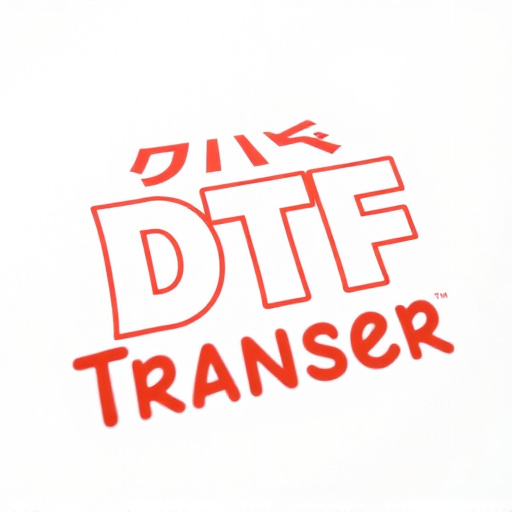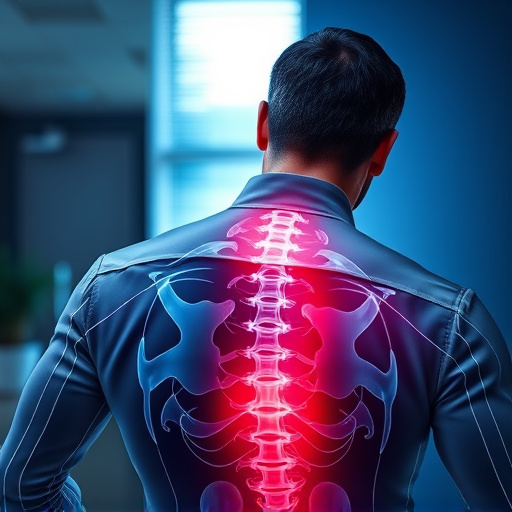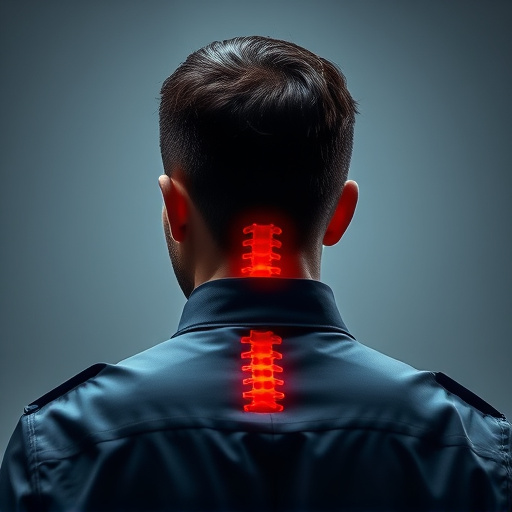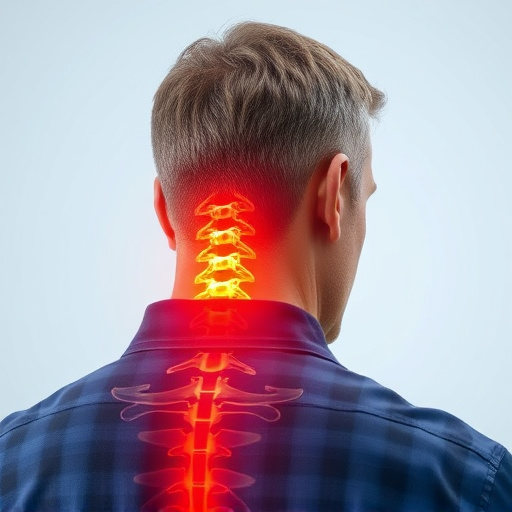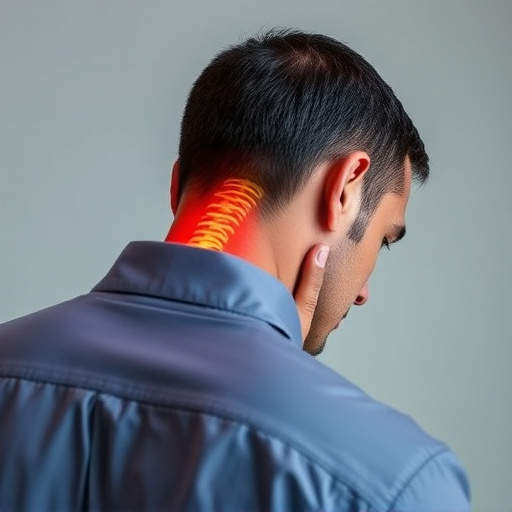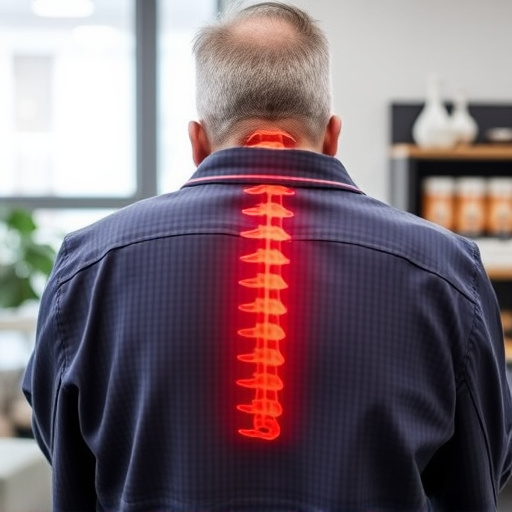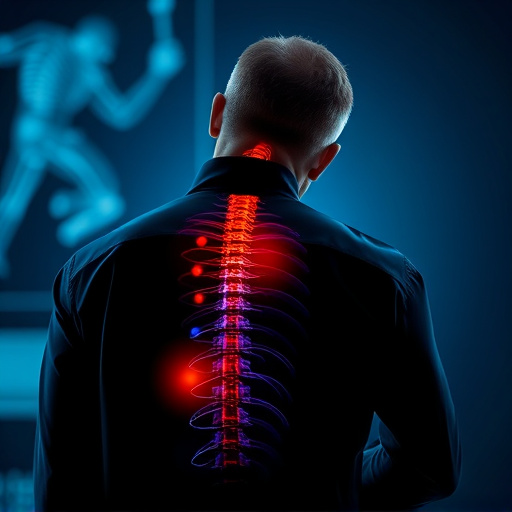Neck and back pain, caused by various factors, can significantly impact daily life. Prompt action is key to effective neck and back pain relief. Initial steps include rest, ice/heat therapy, medication, and stretching. Severe cases require medical attention for diagnosis, often leading to physical therapy or surgery. Recognize critical signs like sharp pain, numbness, dizziness, or severe headaches, as these warrant immediate care. Avoid moving the affected area unless necessary, stabilize it with splints or slings, and seek professional help promptly. Home remedies like ice packs and over-the-counter medications provide temporary relief, but severe symptoms or persistent pain require medical attention for proper neck and back pain relief. Prevent future incidents through regular exercise, ergonomic work setups, safety measures, and alertness during daily activities.
Sudden injuries, especially those affecting the neck and back, can be frightening. Understanding the immediate care for these common yet potent sources of pain is crucial. This comprehensive guide delves into the causes, signs, and initial responses required for effective neck and back pain relief. From recognizing red flags to preventing future incidents, learn how swift action can mitigate symptoms and foster faster recovery.
- Understanding Neck and Back Pain: Causes and Immediate Concerns
- Recognizing the Signs: Identifying Sudden Injuries
- Initial Response: What to Do Immediately After an Injury
- Effective Treatments for Quick Relief from Neck and Back Pain
- When to Seek Medical Attention: Erging Situations and Red Flags
- Preventing Future Incidents: Tips for Injury Avoidance
Understanding Neck and Back Pain: Causes and Immediate Concerns
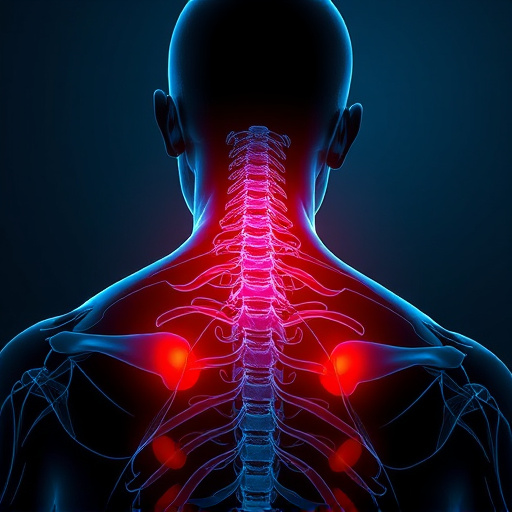
Neck and back pain is a common issue that can arise from various causes, ranging from everyday strain to more severe injuries. Understanding these causes is crucial for immediate care and pain relief. One of the most pressing concerns with neck and back pain is its potential impact on mobility and daily functioning. Sudden injuries in these areas may lead to temporary or even permanent disability if not addressed promptly.
Immediate care should focus on reducing inflammation, managing pain, and preventing further damage. This often involves rest, application of ice or heat, use of over-the-counter pain relievers, and simple exercises to maintain flexibility. In more severe cases, seeking medical attention is essential for proper diagnosis and treatment, including physical therapy or, in rare instances, surgical intervention, ensuring swift neck and back pain relief.
Recognizing the Signs: Identifying Sudden Injuries
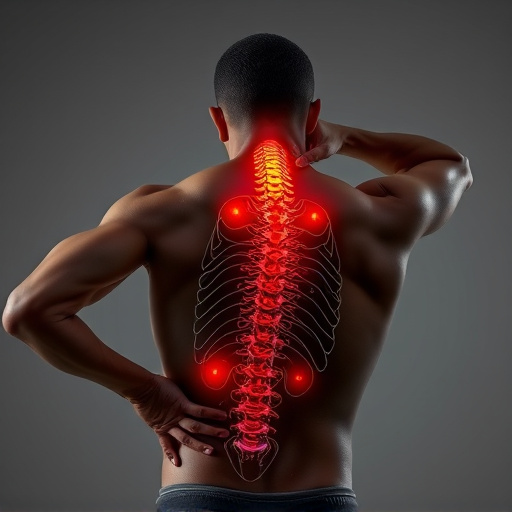
Sudden injuries can be terrifying, but swift action can significantly aid in recovery. Recognizing the signs is crucial for immediate care. Neck and back pain relief should never be ignored, as they could indicate more severe issues. Symptoms like sudden, sharp pain, numbness, tingling, or loss of mobility in the affected area warrant immediate attention. Time is of the essence; the faster you seek help, the better the chances of minimizing potential damage and ensuring effective neck and back pain relief.
Look out for signs such as difficulty moving or controlling limbs, dizziness, nausea, or severe headaches. These could be indicators of spinal cord compression or other critical conditions. If an injury is suspected, it’s essential to act quickly by seeking medical assistance or contacting emergency services without delay.
Initial Response: What to Do Immediately After an Injury
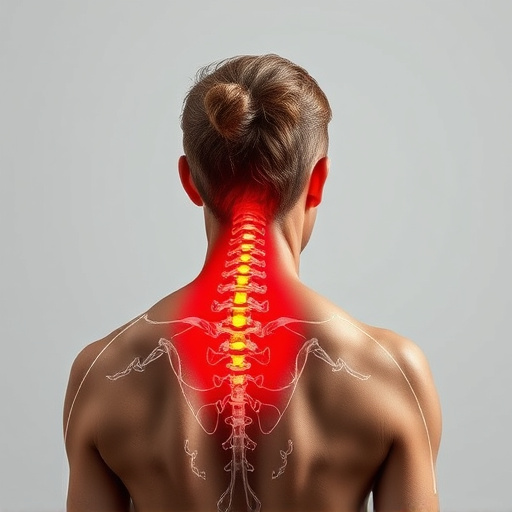
In the initial moments after a sudden injury, a swift and composed response can make a significant difference in managing pain and preventing further complications. The first step is to assess the situation calmly; if the injury involves neck or back pain, ensure the person is not moved unless it’s essential to prevent additional harm. Stabilize the affected area using temporary measures like splints or slings to avoid excessive movement while waiting for professional help.
Seeking immediate medical attention is crucial for sudden injuries. For neck and back pain relief, prompt evaluation by healthcare professionals is essential. They can provide appropriate first aid, recommend pain management strategies, and rule out serious conditions. Remember, acting swiftly can enhance recovery and potentially prevent long-term issues associated with delayed treatment.
Effective Treatments for Quick Relief from Neck and Back Pain
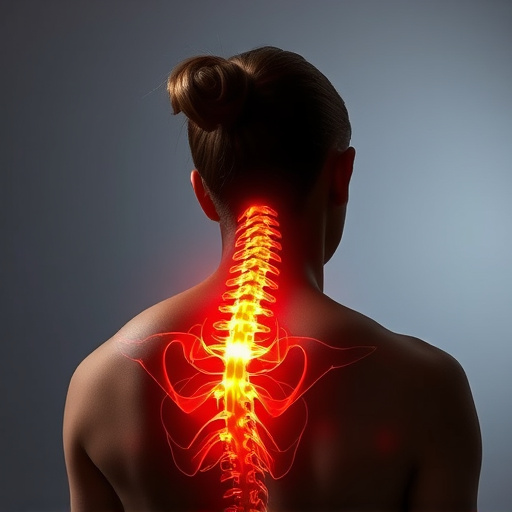
Sudden injuries affecting the neck or back can be excruciating, but immediate care can offer significant relief. For neck and back pain relief, applying ice packs is a commonly recommended treatment. Ice helps to reduce inflammation and numbs the area, providing temporary yet effective pain mitigation. It’s crucial to wrap the ice pack in a thin towel before applying it to prevent skin irritation.
Additionally, over-the-counter pain medications like acetaminophen or non-steroidal anti-inflammatory drugs (NSAIDs) such as ibuprofen can offer substantial neck and back pain relief. These medications help to reduce swelling and alleviate discomfort, allowing for improved mobility. However, it’s essential to follow the dosage instructions on the packaging and consult a healthcare professional if symptoms persist or worsen.
When to Seek Medical Attention: Erging Situations and Red Flags
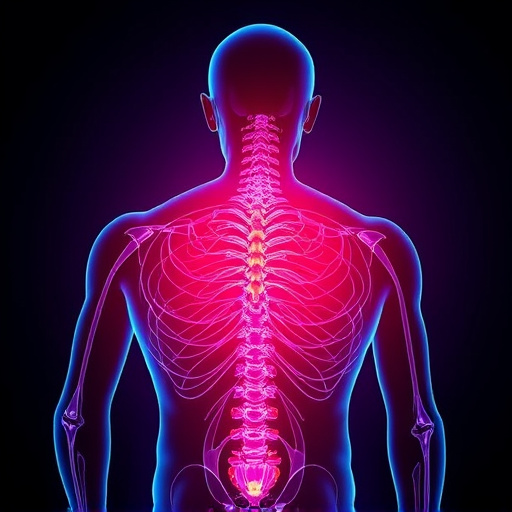
Sudden injuries can be distressing, but knowing when to seek immediate medical attention is crucial for effective neck and back pain relief. While mild strains or sprains might resolve with home care, certain red flags signal a need for prompt evaluation. Severe or persistent pain, numbness, tingling in the extremities, loss of coordination, or weakness are all indicators that something more serious may be occurring.
In addition, any signs of deformity at the injury site, difficulty breathing, or blood in the wound should trigger a trip to the emergency room. If the injured person experiences dizziness, fainting, or severe headache, it could suggest a more systemic issue requiring urgent attention. Remember, when in doubt, err on the side of caution and consult with a healthcare professional for proper assessment and guidance regarding neck and back pain relief.
Preventing Future Incidents: Tips for Injury Avoidance
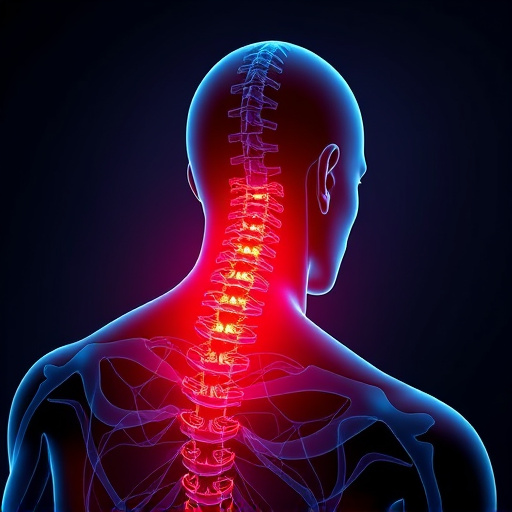
Preventing future incidents is key in managing sudden injuries, especially those related to neck and back pain. To avoid such mishaps, incorporating regular exercise into your routine can significantly strengthen muscles, improve posture, and enhance flexibility—all of which contribute to better support for your spine. Additionally, maintaining a healthy workplace setup is crucial; adjust your chair height, use ergonomic accessories, and ensure proper lighting to minimize strain during work hours.
Moreover, staying alert and mindful during daily activities can prevent accidents. This includes practicing safe driving habits, wearing appropriate protective gear while engaging in sports or physical labor, and keeping common hazards like loose cables or slippery surfaces in check to reduce the risk of falls or sudden injuries that may lead to neck and back pain relief.
